.
livello elementare.
ARGOMENTO: BIOLOGIA MARINA
PERIODO: XXI SECOLO
AREA: BRASILE
parole chiave: Leucas
.
Abstract
Bull sharks are a cosmopolitan shark species frequently found in shallow shelf ocean waters and, occasionally, in several tropical river systems around the world. Due to bull shark’s capability to enter riverine systems, the documentation of its occurrence is essential for future fisheries inspections and studies. In this way, this study aims to report the presence of a medium sized specimen of C. leucas in an equatorial river system.
The specimen was caught by fishermen at Mearim River, located in Northern Brazil and well known for the occurrence of tidal bores during the highest spring tides of the dry season. The event coincided with the occurrence of one of the strongest spring tides of 2015. The captured female specimen measured approximately 1300 mm and weighted 35 kg. The occurrence of this species was not known in this river basin until now. We recommend and support future ichthyologic studies in the Mearim River basin in order to provide data for the delimitation of the territory used by C. leucas in Maranhão State, specially looking into its age, growth, diet, spatial, and temporal movement patterns in this area.
Keywords
Euryhaline shark Elasmobranch North Brazil
Introduction
Bull sharks are a coastal cosmopolitan species frequently found in shallow shelf waters, present in all of the world’s oceans, occasionally entering warm river systems (Cervigón & Alcalá, 1999; Compagno et al., 2005). It has been known to occur in several other rivers in all continents (Ballantyne & Fraser, 2013). Its presence is known in the Amazon basin since the early 1900s (Thorson, 1972), where specimens were caught about 4200 km into the river (Carvalho and McEachran 2003). This species has also been registered 1200 km into the Mississippi River (Moss, 1984); in Matawan Creek, New Jersey (Klimley, 2013); 175 km into the San Juan River, as well as in other rivers and lakes of Mexico (Helfman et al., 2009); in the Iquitos and Ucayali rivers, both in Peru, among other freshwater systems (Carvalho and McEachran 2003). Furthermore, it is also known to give birth in estuaries and rivers and to move towards coastal ecosystems when reaches a larger size (Compagno et al., 2005). This behavior is displayed by several other coastal shark species, and is believed to be related to a lower predation risk for the young in these areas (Grubbs, 2010). This study aims to report the presence of a medium sized specimen of C. leucas in the Mearim River basin, Maranhão State, Brazil, extending the number of elasmobranchs listed for this area.
Materials and methods
Mearim River is located in central Maranhão State, geographically considered as Northern Brazil by Programa Revizee (2006) (Fig. 1). It extends for 930 km until its mouth located in the meridional edge of Ilha dos Caranguejos (Soares, 2005). Its final portion is known for slow currents, leading to turbid waters and concentration of nutrients and muddy sediments. Perhaps its most unique feature is the occurrence of tidal bores, locally known as pororoca, during the highest spring tides of the dry season (August to December). The effect of the high tide can be seen until 256 km into the river basin (Soares, 2005) and causes a mixture between the salty and freshwaters, as well as fine sediments (Chanson, 2005). According to Kjerfve & Ferreira (1993), the Mearim River tidal bore, whose effects gradually decrease upstream, causes an increase in salinity up to 18 % and a small decrease in water temperature, reaching its furthest extent in Arari city.

Fig. 1 Middle and lower portions of the Mearim River basin, with the river’s mouth (a) and the location where the specimen of C. leucas was captured (b) from cited study
On 3 September of 2015 a juvenile female Carcharhinus leucas was caught by local fishermen in the municipality of Arari (3°23′14″S and 44°49′55″W), Maranhão State, on the margin of the Mearim River, located approximately 80 km far from the river’s mouth. According to the fishermen, the shark tried to attack a dog on the margin and got stranded due to the low depth. The event coincided with the occurrence of one of the strongest spring tides of the year in the Maranhão State, which has one of the largest tidal variations in Brazil, reaching up to 7 m.
Results
One female specimen of Carcharhinus leucas measuring approximately 1300 mm in total length (TL) and weighing 35 kg was caught by local fishermen (Fig. 2). Its identification was carried out following Compagno et al. (2005). It was not possible to analyze the specimen before the fishermen processed it. However, based on studies of Compagno et al. (2005) and Cruz-Martinez et al. (2005) female individuals mature between 1800 mm and 2300 mm TL. Taking this into account, the approximate TL or this specimen suggests that it was not yet mature.

Fig. 2 Different views of the juvenile C. leucas specimen captured and processed by fishermen in Arari city from cited study
Discussion
Only 5 % of all elasmobranchs can tolerate some sort of salinity range during their lifetime (Helfman et al., 1997). The tolerance level varies according to the age class and specific features of habitat use by each individuals and/or species (Cervigón & Alcalá, 1999; Compagno et al., 2005; Ballantyne & Fraser, 2013). In Maranhão State, several marine species of elasmobranchs have been captured in estuarine areas, such as Isogomphodon oxyrhynchus, Carcharhinus porosus, Sphyrna tiburo, Rhizoprionodon porosus (Lessa, 1997; Almeida & Vieira, 2000) and a juvenile specimen of Pristis pristis [see Faria et al. (2013) for updated taxonomic nomenclature] measuring weighing 20 kg was incidentally caught in the same area in 1999 (Soares, 2005).
The ability that C. leucas has to enter riverine systems further than any other shark species is related to its osmotic acclimation to salinity gradients (Klimley, 2013; Pillans & Franklin, 2004). It is believed to be related to the rectal gland activity plasticity (Pillans et al., 2005), urea and trimethylamine oxide (TMAO) reabsorption by the kidney (Pillans et al., 2008), and ion uptake by the gills (Ballantyne & Robinson, 2010), which is enhanced when in freshwater. With all this put together, according to these authors, C. leucas can maintain its body hyperosmotic in freshwater environments, but loses much more water and ions due to large amounts of urine produced.
This record is important to direct future more thorough ichthyologic studies in the Mearim River basin that look into the spatial and temporal scales in which these animals can be found, their size range in the river, diet, age, growth, spatial, and temporal movements to provide useful ecological and biological data for the assessment of distribution of bull shark individuals in the Mearim River.
Leonardo Manir Feitosa, Ana Paula Barbosa Martins and Jorge Luiz Silva Nunes
Marine Biodiversity Records 20169:87
DOI: 10.1186/s41200-016-0094-6 © The Author(s) 2016
.
PAGINA PRINCIPALE
image in preview: bull shark – author Chaloklum Diving – http://eol.org/data_objects/31319652, CC BY 3.0, https://commons.wikimedia.org/w/index.php?curid=49620597
.
Declarations
Acknowledgements
We would like to thank the officials from Arari city’s environmental agency Secretaria de Meio Ambiente e Recursos Naturais (SEMA) for contacting us about the shark specimen capture. Also, we would like to thank Taissa Caroline Silva Rodrigues, Clarisse Mendes Éleres de Figueiredo, and Osmann Cid Conde Oliveira for the help with the figures presented in this report.
Authors’ contributions
JLSN and LMF gathered the data presented in this study. LMF, APBM and JLSN participated in the conception and elaboration of the manuscript. All of them have read and approved the final version of this paper and agree to be accountable for all aspects of the work.
Competing interests
The authors declare that they have no competing interests.
Open Access
This article is distributed under the terms of the Creative Commons Attribution 4.0 International License (http://creativecommons.org/), which permits unrestricted use, distribution, and reproduction in any medium, provided you give appropriate credit to the original author(s) and the source, provide a link to the Creative Commons license, and indicate if changes were made. The Creative Commons Public Domain Dedication waiver (http://creativecommons.org/publicdomain/zero/1.0/) applies to the data made available in this article, unless otherwise stated.
References
- Almeida ZS, Vieira HCP. Distribuição e abundância de elasmobrânquios no litoral maranhense, Brasil. Pesquisa em Foco. 2000;8(11):89–104.Google Scholar
- Ballantyne JS, Robinson JW. Freshwater elasmobranchs: a review of their physiology and biochemistry. J Comp Physiol B. 2010. doi:10.1007/s00360-010-0447-0.Google Scholar
- Ballantyne JS, Fraser DI. Euryhaline elasmobranchs. In: McCormick SD, Farrell AP, Brauner CJ, editors. Fish Physiology: Euryhaline Fishes: Fish Physiology. New York: Academic Press; 2013. p. 125–98.
- Carvalho MR, McEachran J. Family Carcharhinidae (Requiem Sharks). In: Reis RE, Kullander SO, Ferraris CJ, editors. Checklist of the freshwater fishes of South and Central America. Porto Alegre: EDIPUCRS; 2003. p. 13–7.Google Scholar
- Cervigón F, Alcalá A. Los peces marinos de Venezuela: Tiburones y rayas. Estado Nueva Esparta, Venezuela: Fundación Museo del Mar; 1999.Google Scholar
- Chanson H. Tidal Bore, Aegir, Pororoca, Mascaret. What? Where? When? How? Why? La Houille Blanche. 2005. doi:10.1051/lhb:200503014.Google Scholar
- Compagno LV, Dando M, Fowler S. A Field Guide to the Sharks of the World. London. Princeton Field Guide: Harper Collins Publishers Ltd.; 2005.Google Scholar
- Cruz-Martinez A, Chiappa-Carrara X, Arenas-Fuentes V. Age and growth of the bull shark, Carcharhinus leucas, from southern Gulf of Mexico. Journal of Northwest Atlantic Fisheries Science. 2005. doi:10.2960/J.v35.m481.Google Scholar
- Faria VV, McDavitt MT, Charvet P, Wiley TR, Simpfendorfer CA, Naylor GJP. Species delineation and global population structure of critically endangered sawfishes (Pristidae). Zool J Linnean Soc. 2013. doi:10.1111/j.1096-3642.2012.00872.x.Google Scholar
- Grubbs RD. Ontogenetic shifts in movements and habitat use. In: Carrier JC, Musick JA, Heithaus MR, editors. Sharks and their relatives II: Biodiversity, adaptive physiology, and conservation. Boca Raton: CRC Press; 2010. p. 319–50.View ArticleGoogle Scholar
- Helfman GS, Collette BB, Facey DE. The Diversity of Fishes. 3rd ed. Malden: MA: Blackwell Science; 1997. p. 528.Google Scholar
- Helfman GS, Collete BB, Facey DE, Bowen BW. The diversity of fishes: Biology, Evolution, and Ecology. West Sussex: Wiley Blackwell; 2009. p. 720.Google Scholar
- Kjerfve B, Ferreira HO. Tidal bores: first ever measurements. Ciência e Cultura. 1993;45:135–7.Google Scholar
- Klimley AP. The biology of sharks and rays. Chicago: The University of Chicago Press; 2013.View ArticleGoogle Scholar
- Lessa R. Sinopse dos estudos sobre elasmobrânquios da costa do Maranhão. Boletim Laboratório de Hidrobiologia. 1997;10:19–36.Google Scholar
- Moss SA. Sharks: an introduction for the amateur naturalist. Englewood Cliffs, New Jersey: Prentice Hall; 1984.Google Scholar
- Pillans RD, Franklin CE. Plasma osmolyte concentrations and rectal gland mass of bull sharks Carcharhinus leucas, captured along a salinity gradient. Comp Biochem Physiol A Mol Integr Physiol. 2004. doi:10.1016/j.cbpb.2004.05.006.Google Scholar
- Pillans RD, Good JP, Anderson WG, Hazon N, Franklin CE. Freshwater to seawater acclimation of juvenile bull sharks (Carcharhinus leucas): plasma osmolytes and Na+/K + − ATPase activity in gill, rectal gland, kidney and intestine. J Comp Physiol B. 2005. doi:10.1007/s00360-004-0460-2.Google Scholar
- Pillans RD, Good JP, Anderson WG, Hazon N, Franklin CE. Rectal gland morphology of freshwater and seawater acclimated bull sharks Carcharhinus leucas. J Fish Biol. 2008. doi:10.1111/j.1095-8649.2008.01765.x.Google Scholar
- Programa Revizee. Relatório Executivo: Avaliação do Potencial Sustentável de Recursos Vivos na Zona Econômica Exclusiva. Brasília/DF: MMA/SQA/PGT/GERCOM; 2006.Google Scholar
- Soares EC. Peixes do Mearim. São Luís: Instituto Geia; 2005. 131.Google Scholar
- Thorson TB. The status of the bull shark, Carcharhinus leucas. Amazon River: Copeia; 1972. p. 601–5.Google Scholar
Copyright © The Author(s) 2016
.
Una sorpresa per te su Amazon Music unlimited Scopri i vantaggi di Amazon Prime
Alcune delle foto presenti in questo blog possono essere state prese dal web, citandone ove possibile gli autori e/o le fonti. Se qualcuno desiderasse specificarne l’autore o rimuoverle, può scrivere a infoocean4future@gmail.com e provvederemo immediatamente alla correzione dell’articolo
PAGINA PRINCIPALE
- autore
- ultimi articoli
è composta da oltre 60 collaboratori che lavorano in smart working, selezionati tra esperti di settore di diverse discipline. Hanno il compito di selezionare argomenti di particolare interesse, redigendo articoli basati su studi recenti. I contenuti degli stessi restano di responsabilità degli autori che sono ovviamente sempre citati. Eventuali quesiti possono essere inviati alla Redazione (infoocean4future@gmail.com) che, quando possibile, provvederà ad inoltrarli agli Autori.


















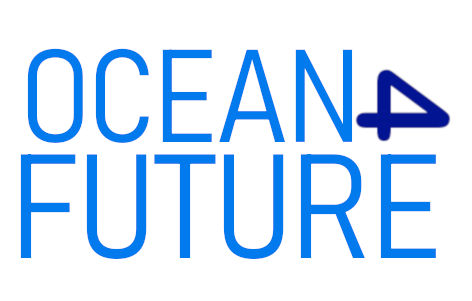










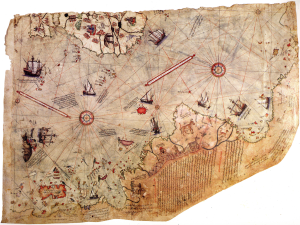



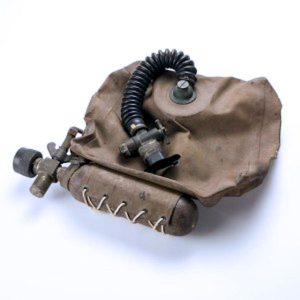





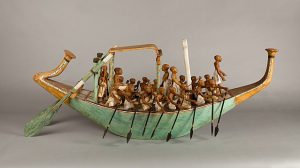









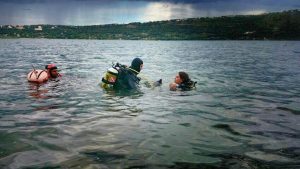

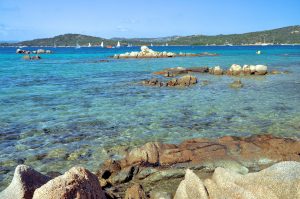
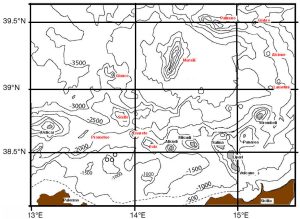

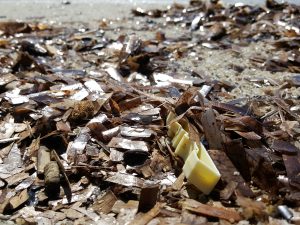
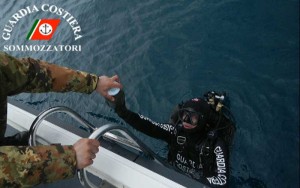


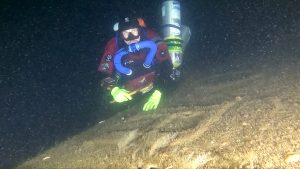
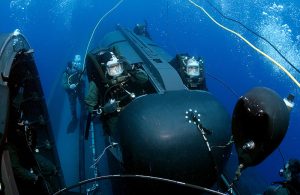

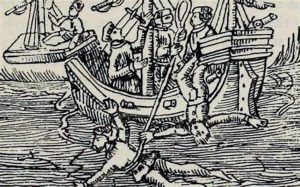
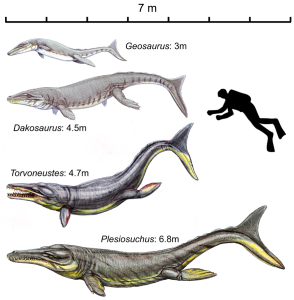


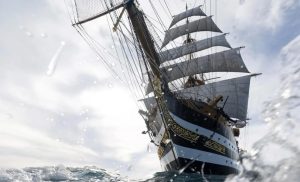

Lascia un commento
Devi essere connesso per inviare un commento.